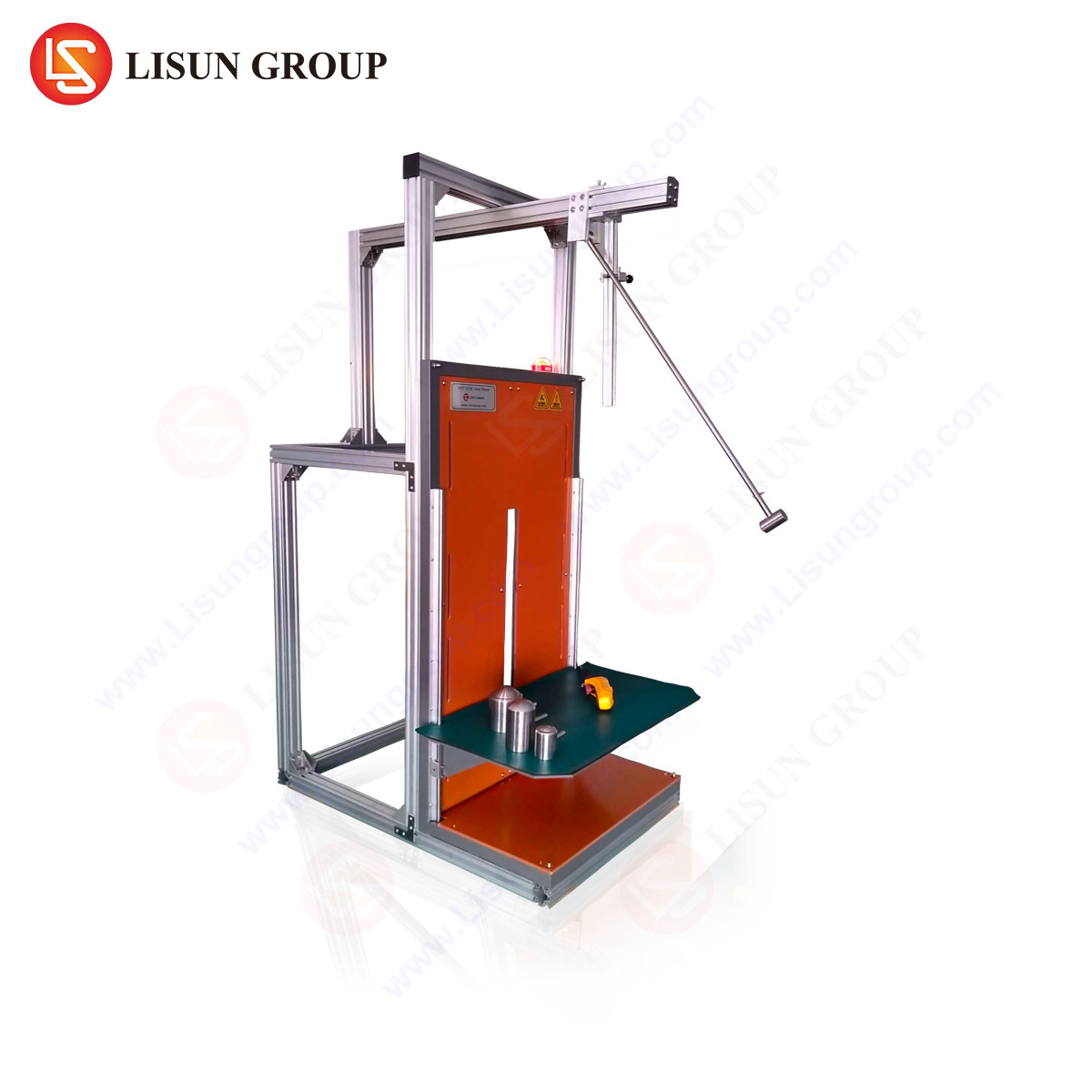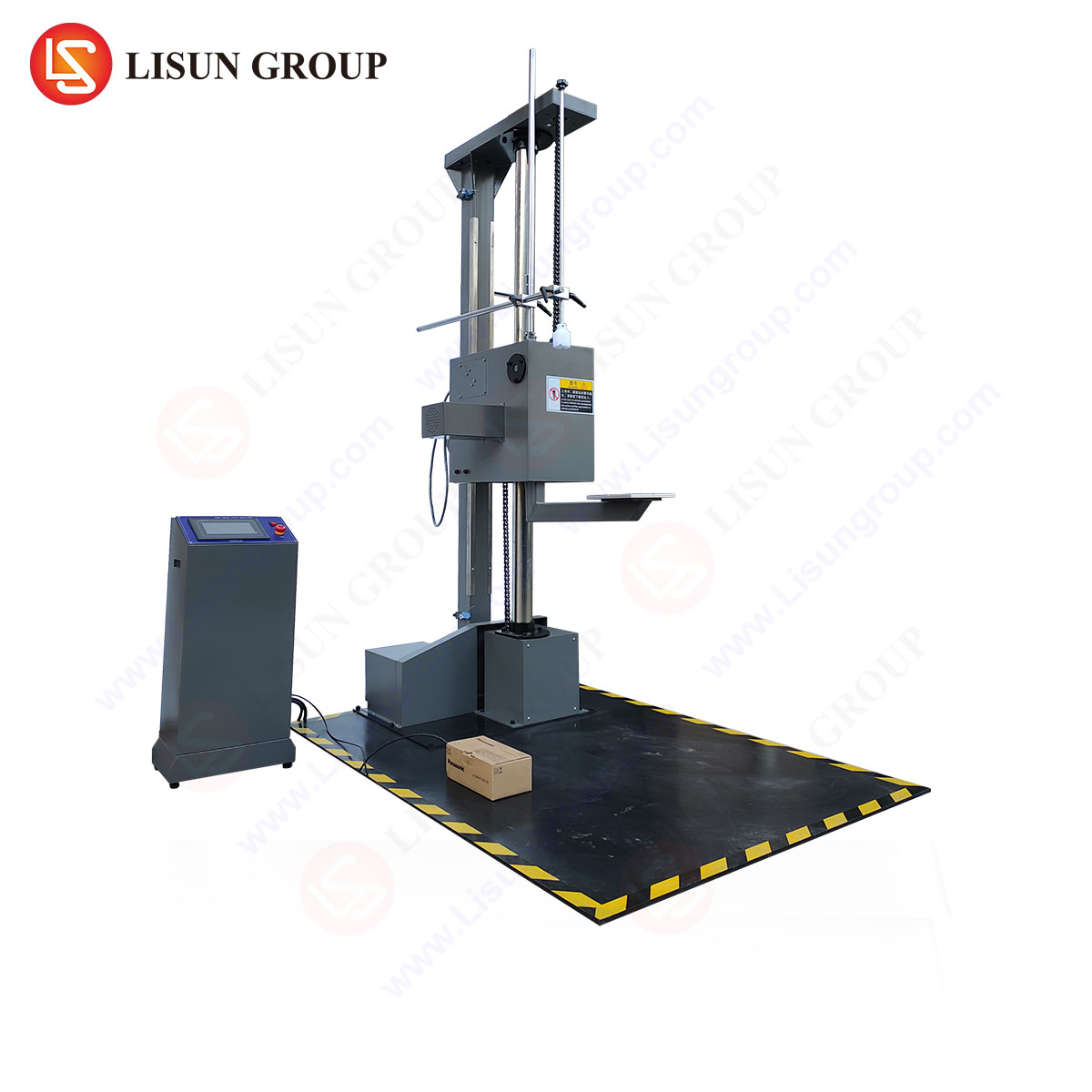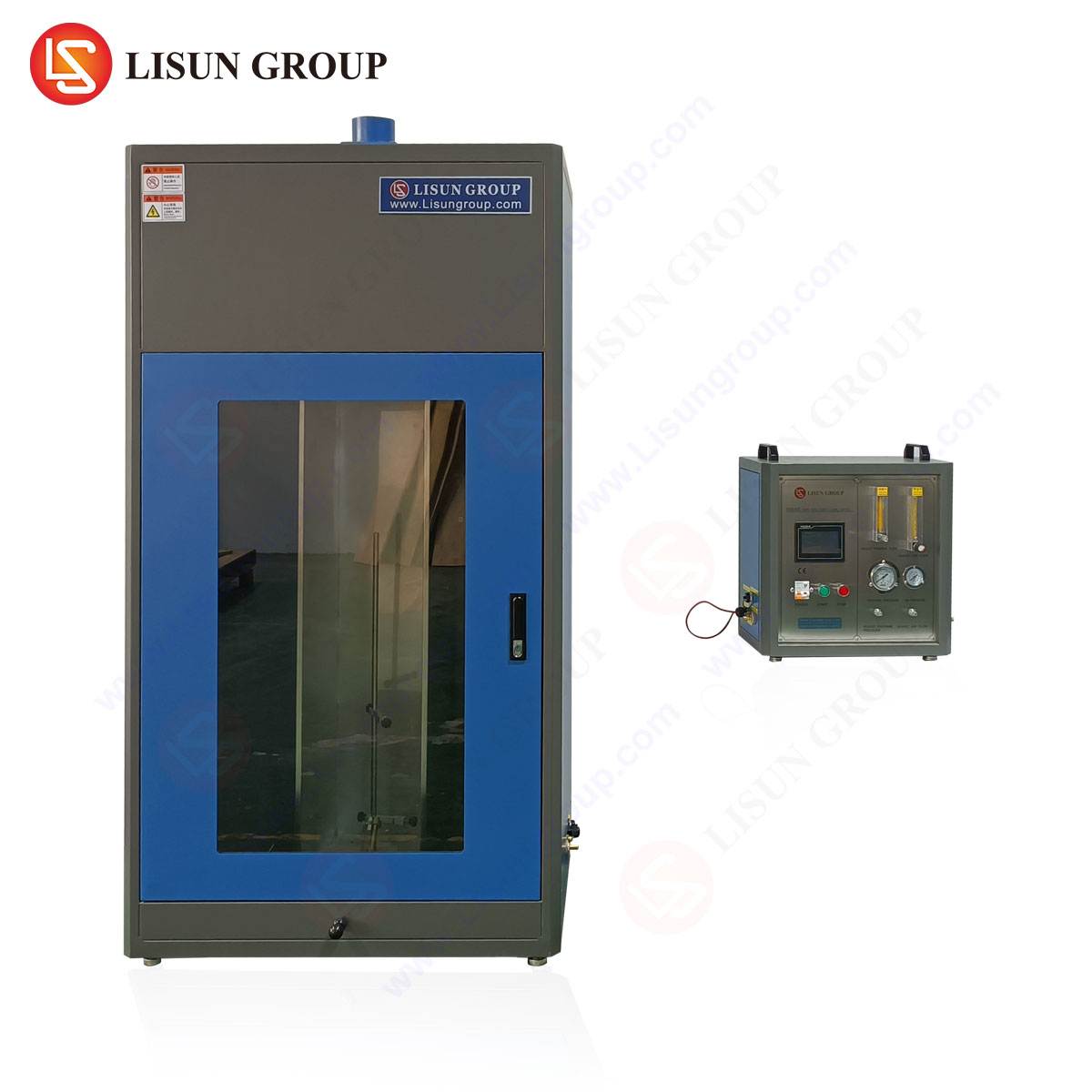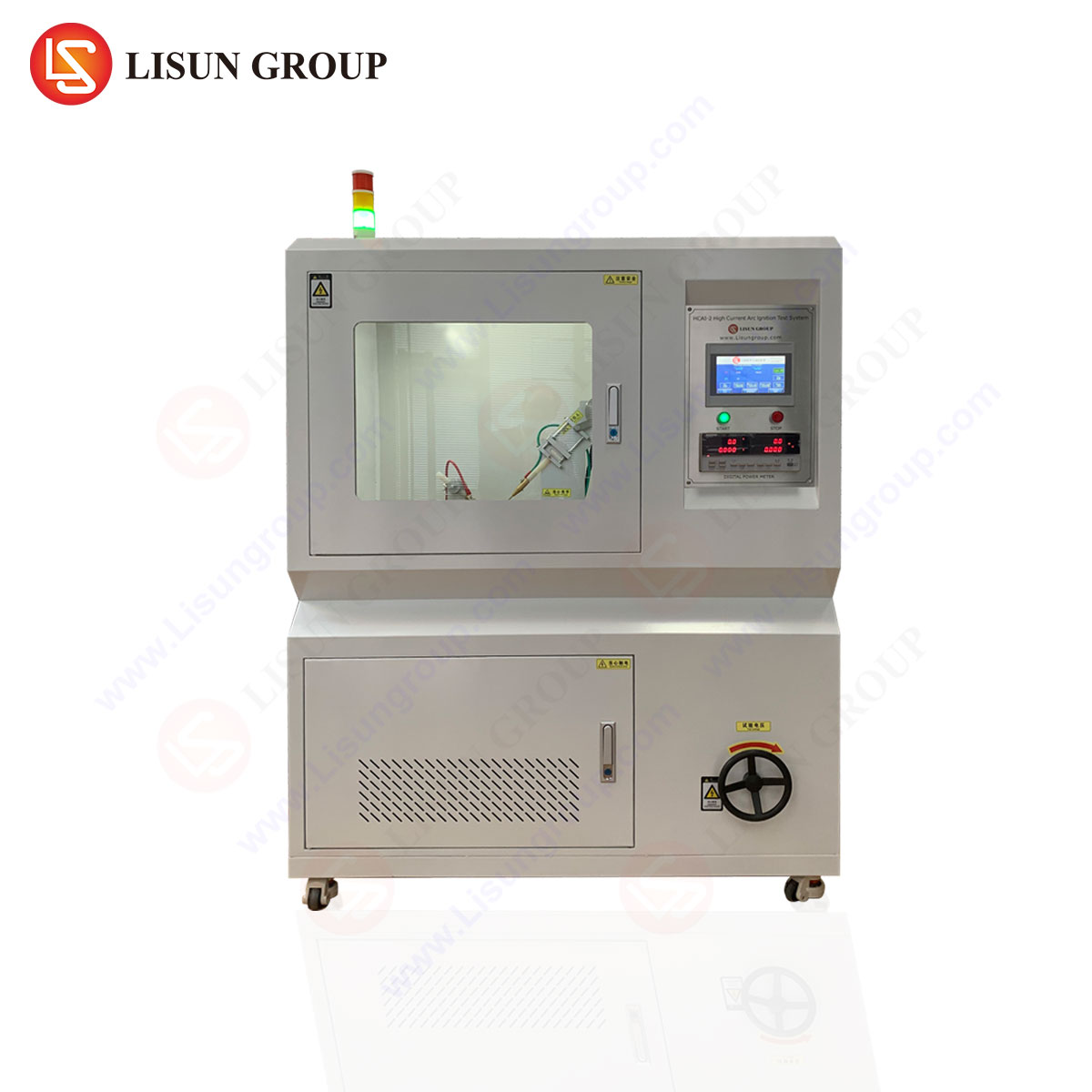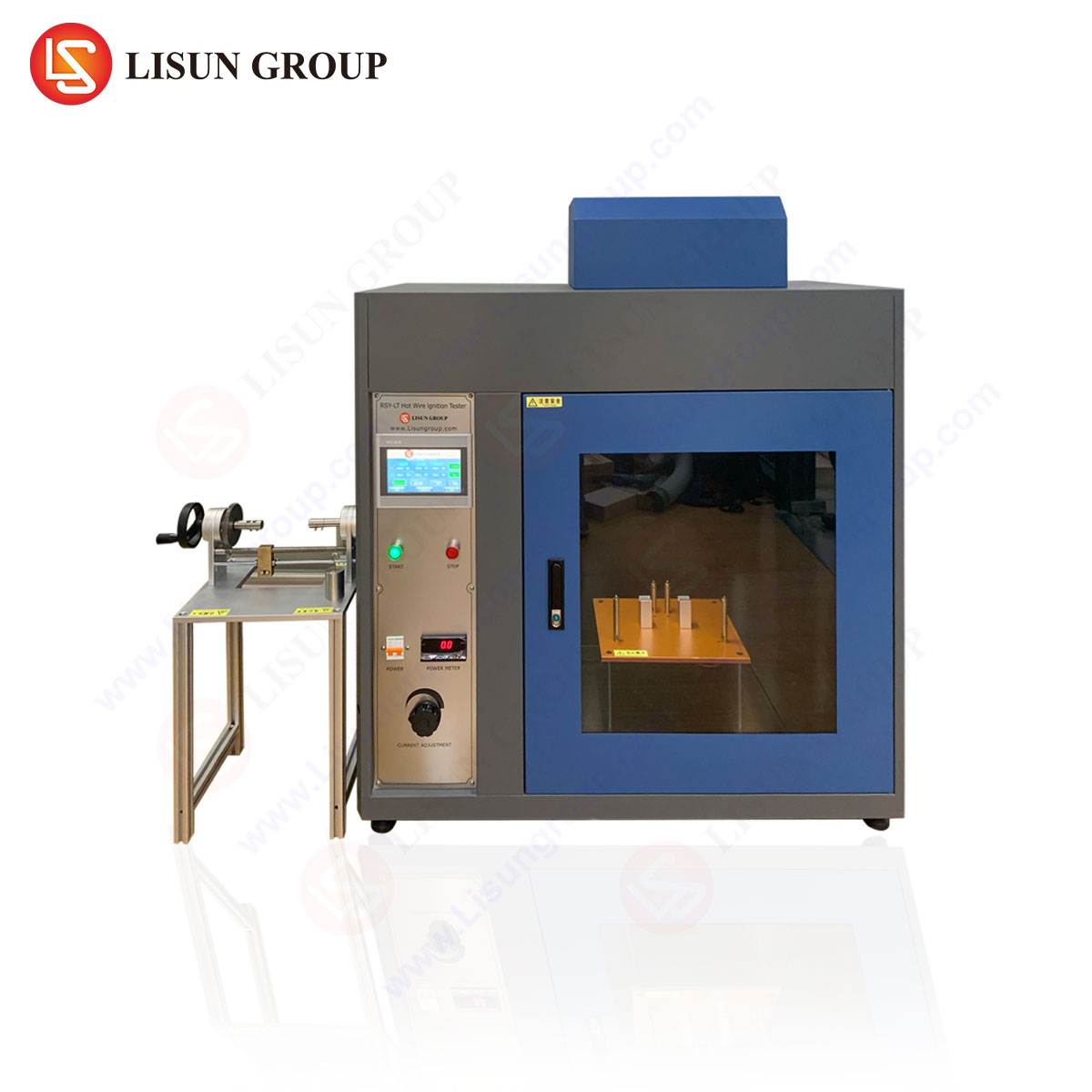Defining Turbidity and Its Scientific Significance
Turbidity quantifies the degree to which suspended particles scatter or absorb light as it passes through a liquid or translucent solid medium. This optical characteristic is critical in assessing material clarity, contamination levels, and process consistency across industries. The measurement is expressed in nephelometric turbidity units (NTU), formazin nephelometric units (FNU), or haze percentage (for solids), depending on the standard and application.
In industrial contexts, turbidity monitoring ensures compliance with ISO 7027, ASTM D1003, and other regulatory frameworks governing material quality. For instance, in medical device manufacturing, excessive turbidity in polymer components may indicate impurities affecting biocompatibility. Similarly, automotive electronics rely on transparent conformal coatings with minimal haze to prevent optical sensor interference.
Optyczne zasady pomiaru mętności
Turbidimeters operate on nephelometry (90° scattered light detection) or transmittance (180° attenuation measurement), with some instruments combining both for enhanced accuracy. The HM-100 Miernik zamglenia/Miernik zmętnienia employs a dual-beam design, compensating for ambient light interference and chromatic aberrations. Its tungsten halogen lamp and silicon photocell detector align with CIE Standard Illuminant C, ensuring spectral consistency for polymers, liquids, and thin-film materials.
Forward-scatter detection (25° angle) is prioritized for high-turbidity samples, while backscatter configurations improve sensitivity in low-turbidity applications like ultrapure water in semiconductor fabrication. The HM-100’s 0–100 NTU and 0–30% haze ranges accommodate diverse media, from hydraulic fluids in aerospace to epoxy resins in electrical connectors.
Industry-Specific Applications of Turbidity Analysis
Sprzęt elektryczny i elektroniczny
In PCB manufacturing, turbidity measurements detect particulate contamination in solder masks or conformal coatings. The HM-100’s ±2% repeatability identifies micro-scale inconsistencies that could lead to current leakage in high-voltage insulators.
Elektronika samochodowa
Headlamp lenses and LiDAR sensor covers require <1% haze to meet SAE J576 standards. The HM-100’s 0.01% resolution verifies compliance, preventing light diffusion that compromises ADAS performance.
Urządzenia medyczne
Polycarbonate housings for surgical instruments undergo turbidity testing to ensure sterilization compatibility. Particulate scattering above 5 NTU may indicate polymer degradation during injection molding.
Technical Specifications of the HM-100 Haze Meter/Turbidity Meter
| Parametr | Specyfikacja |
|---|---|
| Zakres pomiaru | 0–100 NTU / 0–30% Haze |
| Źródło światła | Tungsten Halogen (CIE Illuminant C) |
| Typ detektora | Silicon Photocell with Interference Filter |
| Powtarzalność | ±2% or 0.1 NTU (whichever is greater) |
| Zgodność ze standardami | ASTM D1003, ISO 7027, JIS K7105 |
| Grubość próbki | Up to 40mm (adjustable holder) |
The instrument’s temperature-compensated optics mitigate drift in uncontrolled environments, a critical feature for field testing in telecommunications cable production.
Comparative Advantages in Industrial Quality Control
The HM-100 outperforms basic turbidimeters through:
- Multi-angle detection: Simultaneous 25° and 90° measurements differentiate between suspended particles and dissolved colorants in liquid crystal displays (LCDs).
- Dynamic calibration: Automated zeroing with NIST-traceable formazin standards reduces operator-dependent errors in batch testing of optical adhesives.
- Material versatility: Customizable measurement modes accommodate the refractive index variations between polycarbonate (n=1.585) and PMMA (n=1.491) in lighting fixtures.
Standardized Testing Methodologies
ASTM D1003 Procedure for Transparent Plastics
The HM-100 automates haze calculations per Equation 1:
[
text{Haze (%)} = left( frac{T_d}{T_t} right) times 100
]
Where (T_d) is diffuse transmittance and (T_t) is total transmittance. This method is applied to evaluate light diffusers in office equipment displays.
ISO 7027 Compliance for Liquid Samples
For hydraulic fluids in aviation components, the meter’s infrared LED (860nm) minimizes color interference during 90° scatter measurements of particulate contamination.
Sekcja FAQ
Q1: How does the HM-100 compensate for colored samples in turbidity measurement?
The integrated IR light source and spectral filters isolate scattering effects from chromatic absorption, particularly when testing dyed polymers in consumer electronics.
Q2: What sample preparation is required for solid materials?
Samples must have parallel polished surfaces (per ASTM D1003). The HM-100’s adjustable holder accommodates non-uniform thicknesses up to 40mm.
Q3: Can the HM-100 measure turbidity in conductive fluids?
Yes, provided the sample cell is constructed of chemically inert materials. The meter is used for dielectric coolant testing in industrial control systems.
Q4: How does temperature affect HM-100 readings?
Built-in thermal stabilization maintains accuracy within ±0.5 NTU across 15–35°C, critical for automotive fluid analysis.
Q5: What distinguishes haze from turbidity in the HM-100’s outputs?
Haze quantifies wide-angle scattering (>2.5°) in solids, while turbidity measures suspended particle effects in liquids. The meter provides separate readouts for each parameter.


